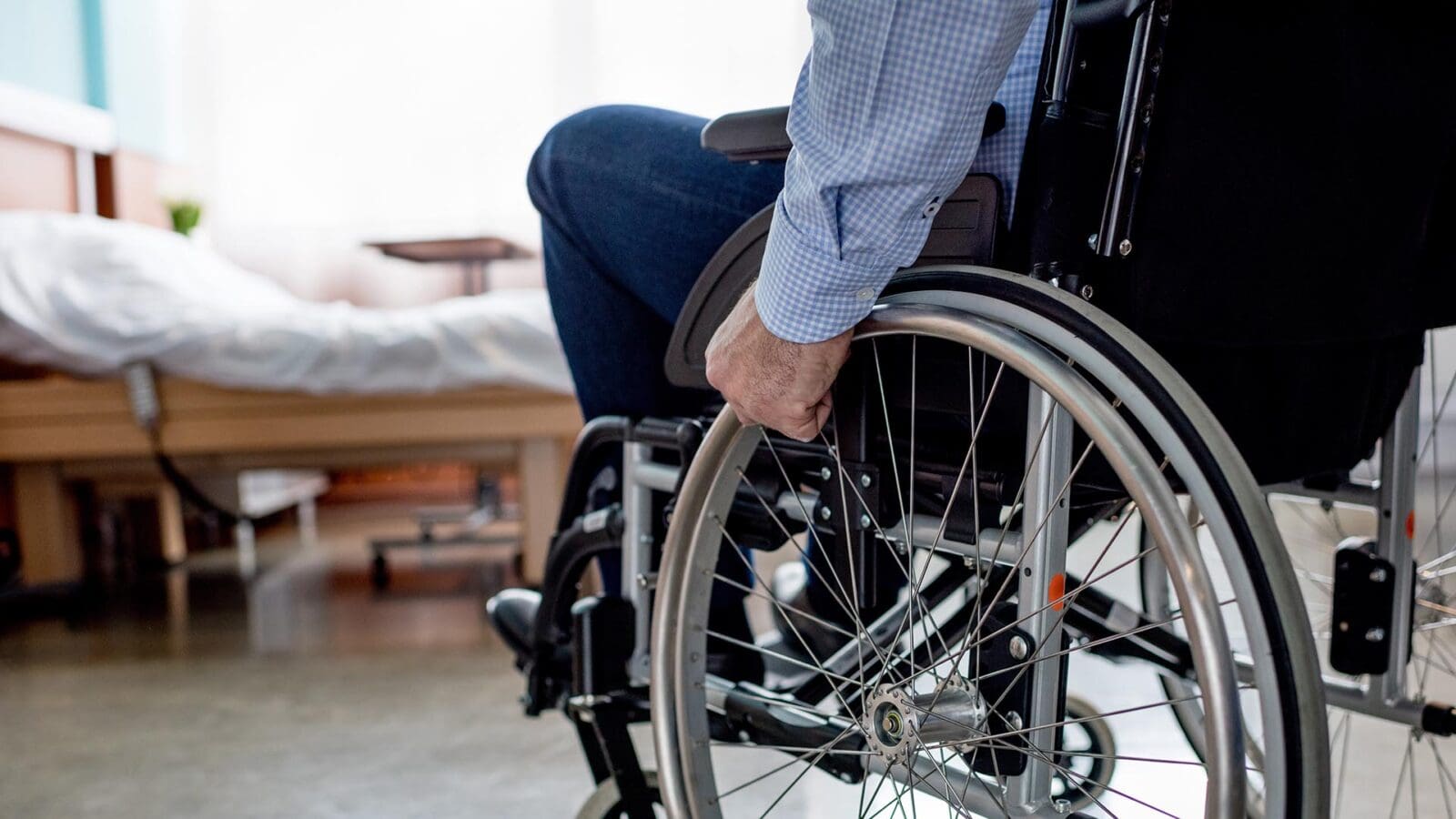Absolutely the best attorney for getting your VA benefits. After 7 years of denial, I found Brendan Garcia of VetLaw, He reviewed my case, set up a plan , scheduled my video hearing in front of a Veteran law judge, flew out to Phoenix to be there with me during the hearing. Hired a doctor to help draft a report to help my case. When all the smoked cleared, I’m now collecting max disability monthly, back pay beyond my wildest dreams. Brendan Garcia never stopped. He is an expert in Veterans law. Best decision of my life was to have him on my side. Bar none, Brendan is a terrific VA benefits attorney!
Serving in the military, regardless of branch of service, can result in physical injuries as it is a demanding job. Injuries are common, even for those who have not been deployed overseas. While combat situations pose a constant threat of serious injury, any active duty member may experience physical injuries and may need to make veteran physical condition claims.
The VA disability compensation program provides disability compensation to veterans who now suffer from a disability that can be linked to their time on active duty. This can include wounds suffered in combat, injuries suffered during training, accidents while at work, or even injuries sustained off-base. Our experienced veteran claims attorneys can help you pursue an appeal of denied veteran physical condition claims for VA disability benefits by demonstrating that your current disability stems from an event that occurred while you were on active duty.
VA Disability Compensation Program and Physical Injuries
VA’s disability compensation program provides monthly compensation benefits to veterans whose health is still affected by an event, injury, disease, or exposure that occurred while on active duty. To qualify for these benefits, veterans must show that they were on active duty at the time of the incident, and that a current disability exists which can be linked to service.
Proving that a qualifying incident occurred while on active duty can sometimes be straightforward. A broken leg would likely be documented in your service treatment records; however, something just as serious may have either been overlooked or ignored. Other disabilities may have been caused by training accidents or result from accumulated body stress over time, in which case we can work on your behalf to link your time in the military to your current physical condition.
FAQ: AM I ENTITLED TO BENEFITS BECAUSE I CAN’T DO THE JOB I USED TO?
How are Physical Conditions Rated?
It is important to remember that a veteran does not need to be totally disabled in order to collect VA disability compensation. So long as a disability has a significant impact on a veteran’s life, they may qualify for some level of benefits.
VA places a percentage of disability on an applicant’s accumulated conditions to determine the degree of benefits for which they are eligible, which ranges from 10 to 100 percent. 0-percent ratings are also possible, meaning that VA recognizes a connection exists but no monetary benefits are payable. Hearing loss is one example of a disability that VA often finds to be noncompensable, or ratable at 0-percent. Other disabilities, such as most knee or ankle conditions, have a minimum rating of 10-percent so long as there is some pain along with functional loss.
There are some conditions that are so severe that the VA will presume entitlement to service connection if they manifest, or show up, within a certain time period following active duty. These time periods range anywhere from one year to seven years, depending on the disability. Our team can assist you by evaluating the extent of all of your disabilities, including any physical conditions, and help you determine if the rating VA has assigned is appropriate.
What Must a Veteran Prove for VA Disability Benefits?
Veterans suffering from physical conditions must prove several additional elements to collect benefits. For instance, applicants for VA disability compensation must be able to connect their condition to time spent on active duty. This is known as proving entitlement to service connection.
Chronic diseases or degenerative conditions may arise months or years after discharge from active duty service. It can be helpful to refer to relevant service records which indicate a specific instance that could have caused a veteran’s physical condition.
Furthermore, only former servicemembers who were discharged from the military under conditions other than dishonorable are eligible for these benefits. Submitting a DD-214 form can satisfy this requirement in most cases. While both an honorable discharge and a general discharge under honorable conditions can usually establish eligibility for benefits, in some cases a general discharge under other than honorable (OTH) conditions may also lead to eligibility, depending on the specific circumstances.
Potential Benefits
The VA disability compensation program provides tax-free cash payments to veterans. The exact amount of benefits that an applicant receives depends on their disability rating as previously mentioned.
An unmarried veteran with no dependents and a 10 percent disability rating can receive $136.24 per month. This amount will rise as the percentage of disability increases. The maximum monthly payment for a single veteran is $2,973.86 for a 100 percent disability rating, unless they qualify for special monthly compensation.
These benefit rates increase if the recipient has children or a spouse. VA’s disability benefit rate tables describe the potential benefits available to veterans.
Appealing Veteran Physical Condition Claims Denials with Attorney Assistance
VA’s disability compensation program is meant to provide payments to those who are now dealing with disabilities which can be connected to their time on active duty. When physical in nature, these conditions must have a demonstrable effect on your current health—such as a reduction in physical mobility (otherwise called loss of range of motion), a loss of sensory perception, a chronic illness, or painful motion with functional loss—to qualify you for benefits. In all these cases, the VA will evaluate your level of residual functionality and assign a disability rating, which would then determine your level of benefits.
Our experienced attorneys can help veterans pursue physical condition claims related to their time on active duty and pursue an appeal of a denial of benefits or attempt to raise the level of benefits they have been awarded. We can assist you in investigating the cause of the condition and work to link your current disability to that incident. Contact us today to schedule a free case review.










